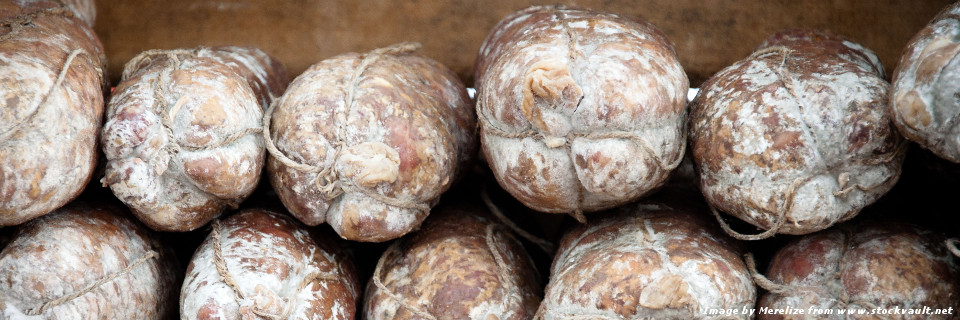Ricerca
Reduction of Escherichia coli O157:H7 during manufacture and ripening of Italian semi-dry salami

26/01/2017
Elena Dalzini1,Elena Cosciani-Cunico1, Paola Monastero1, Chiara Sfameni1, Enrico Pavoni2 ,Paolo Daminelli1, Marina-Nadia Losio2, Andrea Serraino3, Giorgio Varisco1
1Centro di Referenza Nazionale per i Rischi Emergenti in Sicurezza Alimentare, Istituto Zooprofilattico Sperimentaledella Lombardia e dell'Emilia Romagna B. Ubertini, Brescia;
2Reparto di Microbiologia, Istituto Zooprofilattico Sperimentale della Lombardia e dell'Emilia Romagna B. Ubertini, Brescia;
3Dipartimento di Scienze Mediche Veterinarie, Università di Bologna, Ozzano dell'Emilia (BO), Italy
Italian Journal of Food Safety 2014; volume 3:3226
© E. Dalzini et al., 2014 Licensee PAGEPress, Italy. In order to simulate a contamination at the processing plant, one batch of freshly processed salami batter (20 kg) was inoculated (1% v:w) with 5 log colony forming unit (CFU)/g of a multi-strain cocktail of two strains of Escherichia coli O157:H7 (registered and wild strain). Another batch was inoculated (1% v:w) with sterile physiological saline solution and used to check the lactic acid bacteria (Lab) behaviour and the changes of physicochemical parameters (pH and aw). Both batches were then processed to obtain a semi-dry salami (Hungarian-style): microbiological and physico-chemical properties were monitored during 94 days of ripening. During the manufacturing process, the levels of pathogen decreased of about 2.18 log CFU/g with respect to the initial inoculated levels. The behaviour of the indigenous bacteria such as Lab and the physico-chemical properties can help to determine the fate of pathogens throughout processing.

